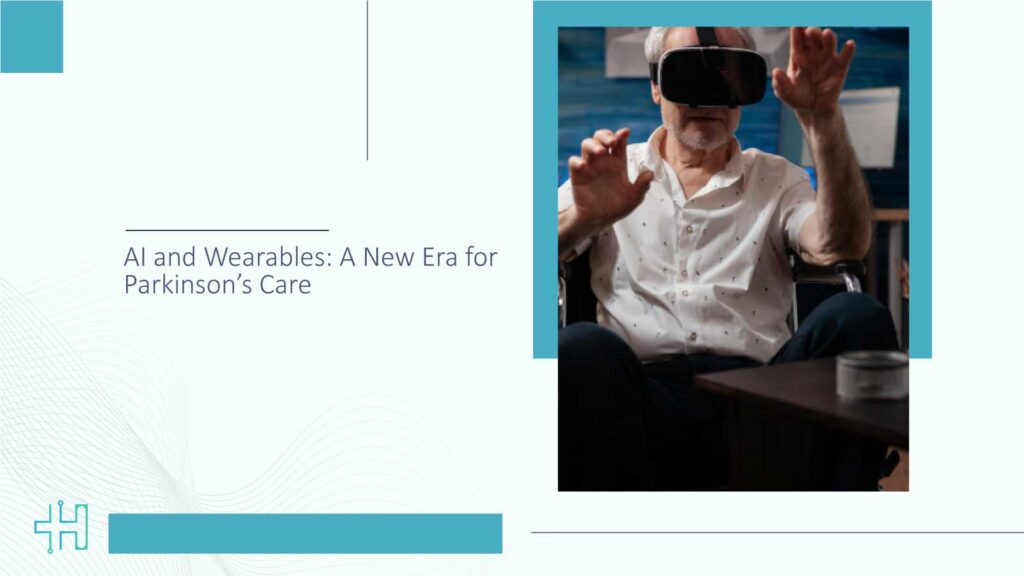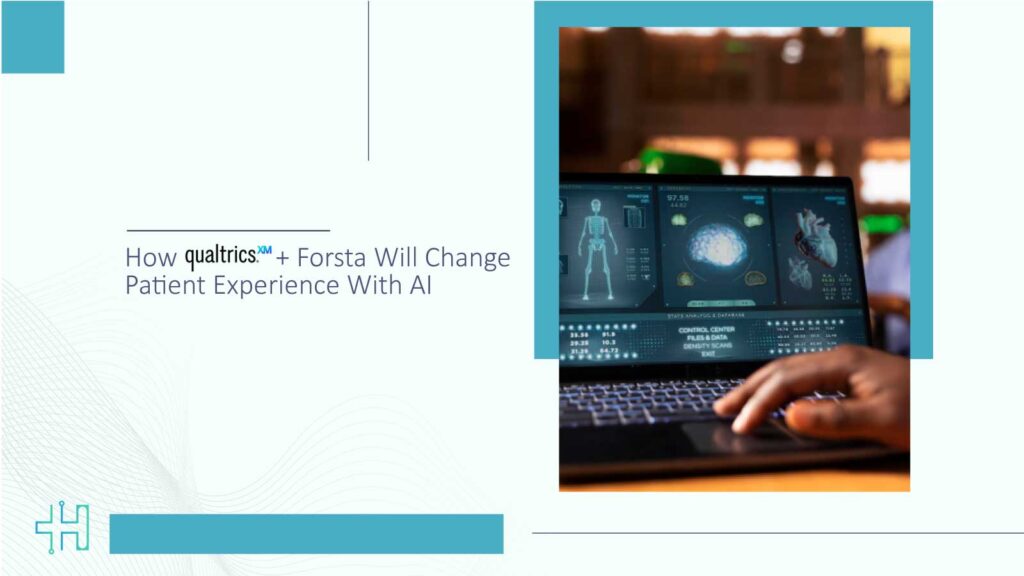Haystack Oncology, a Quest Diagnostics company, announced a research collaboration with Mass General Brigham investigators at Massachusetts Eye and Ear and Massachusetts General Hospital, world-renowned centers for head and neck and advanced cutaneous oncology. The research collaboration will investigate the use of Haystack MRD, a highly sensitive circulating tumor DNA (ctDNA) minimal residual disease test, as an aid in postoperative therapy decisions for two cancer types: cutaneous squamous cell carcinoma (CSCC), a type of skin cancer, and HPV-independent head and neck squamous cell carcinoma (HNSCC).
Health Technology Insights: Dr. Scott Kaiser Opens MDVIP-Affiliated Practice in Denver
“Cancer liquid biopsy has the potential to revolutionize cancer diagnosis, treatment monitoring, and the detection of minimal residual disease (MRD) soon after therapy—helping to better personalize patient care,” said Dan Faden, MD, FACS, head and neck surgical oncologist and scientist at Mass Eye and Ear, and a leading expert in head and neck cancer liquid-biopsy research. “Given its promise, studying liquid biopsy in clinical contexts such as MRD is a major focus of our laboratories and clinical services.”
Health Technology Insights: Crum & Forster Launches Employer Medical Gap Insurance Solution
Dr. Faden will lead the HNSCC trial and Sophia Shalhout, PhD and Kevin Emerick, MD of the Mass Eye and Ear- Mass General Hospital Cutaneous Oncology Program will co-lead the CSCC trial. Each are investigators at the Mike Toth Head and Neck Cancer Research Center at Mass Eye and Ear.
The two prospective clinical trials aim to investigate Haystack MRD as a minimally invasive tool to help guide clinical decisions and its impact on risk stratification and enabling early detection of residual disease in cancer types that currently lack robust options for monitoring and risk assessment. Both studies will use Haystack MRD to analyze samples from patients at multiple times during and after treatment to evaluate the clinical usefulness of Haystack MRD in the clinic.
“In aggressive and often unpredictable cancers like HNSCC and CSCC, the ability to sensitively detect minimal residual disease can transform how we evaluate treatment response and monitor for recurrence. Studying these diseases with Haystack MRD offers a critical opportunity to close the gap between clinical remission and molecular relapse—bringing us closer to truly personalized, proactive cancer care,” said Dan Edelstein, Vice President and General Manager of Haystack Oncology. “Our goal is to bring highly sensitive, personalized monitoring to all types of solid tumors.”
Why ctDNA MRD matters
A growing body of research underscores the potential role of ctDNA MRD tests to identify residual or recurring cancer in solid tumors. In April 2025, a study published in The New England Journal of Medicine (NEJM) found that ctDNA testing, using Haystack MRD was a “reliable liquid biopsy surrogate” that identified clinical complete response at a median of 1.4 months compared to over six months using imaging tests. Nearly all oncologists (96%) in a recent survey by The Harris Poll for Quest Diagnostics found that MRD testing has the potential to identify cancer recurrence earlier than traditional methods.
Health Technology Insights: DocGo Launches Mobile Health Vaccination Program for the County of San Diego
To participate in our interviews, please write to our HealthTech Media Room at sudipto@intentamplify.com
Source- PR Newswire







